I intend to post the book on this blog over time, so if you’d like, you can read it all here, though I still recommend you buy a printed copy 🙂 . I will be commenting on it along the way, and on occasion, there will be whole posts like the last one, that are not in the book at all.
The last post was about the COVID-19. I spoke about prayer, God, and devotion. I wondered if these subjects might raise some questions, and sure enough, someone wrote to me about it. I have removed the questioner’s name. The book continues after my response.
“Hello, With respect to your last Facebook post where you mention prayer. Who is it that one prays to? Would it be the same God or intelligence that created the virus or allowed it to manifest? I understand devotion to the mystery and wonder of all happenings, but the concept of prayer eludes me.”
I hear you. My first post was about the way that I understand the objective perspective and the subjective perspective, if you haven’t read it, you might want to read it to get what I mean by this. It may also help you to understand my response here. It’s here: https://www.tapestryofbeing.org/hello-world/ . I had expected to continue that topic in the next post, but as it turned out, life had other plans. The Coronavirus was too big to ignore, so I went straight into how I am living with things now, using the subjective/objective language. I plan on posting the rest of that section next.
It may be that the questions you ask here would not arise if I had posted the rest of the subjective/objective discussion as I had planned. In any case, these are potent questions. In a way, they are at the heart of the book. Please understand that I am making no claims except to say this is how I experience and hold things.
Objectively speaking:
I don’t think the Coronavirus was either created or manifested, and I don’t believe that I was created or manifested. All life, including the virus, evolved through mutation.
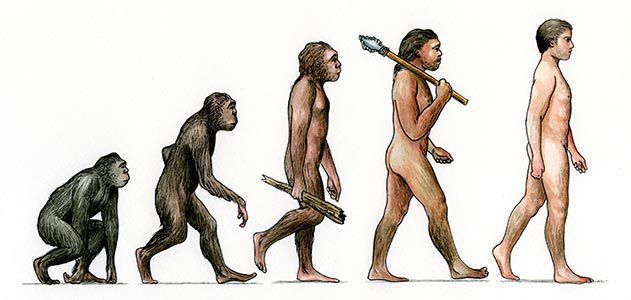
The universe of matter as a whole is indifferent to this process… Life is an accidental phenomenon of otherwise lifeless matter. In that sense, everything is random and objectively meaningless.
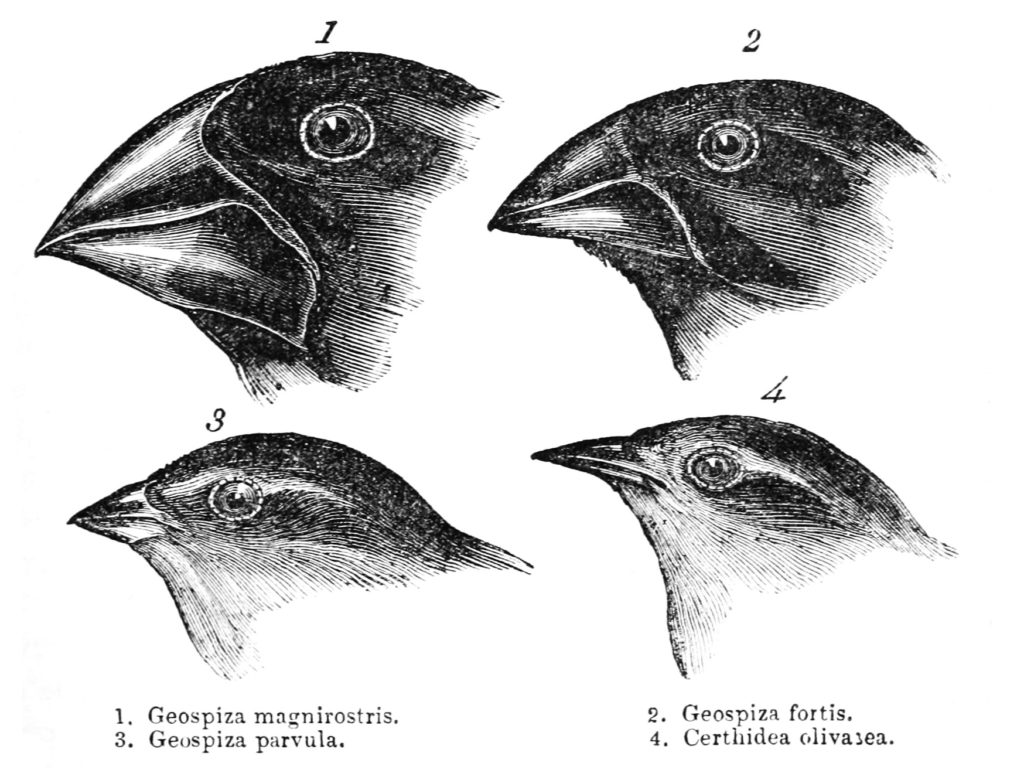
As I will explain in the following post, objectively speaking, there is (most probably) no God, or at least I see no reason to believe there is, objectively speaking.
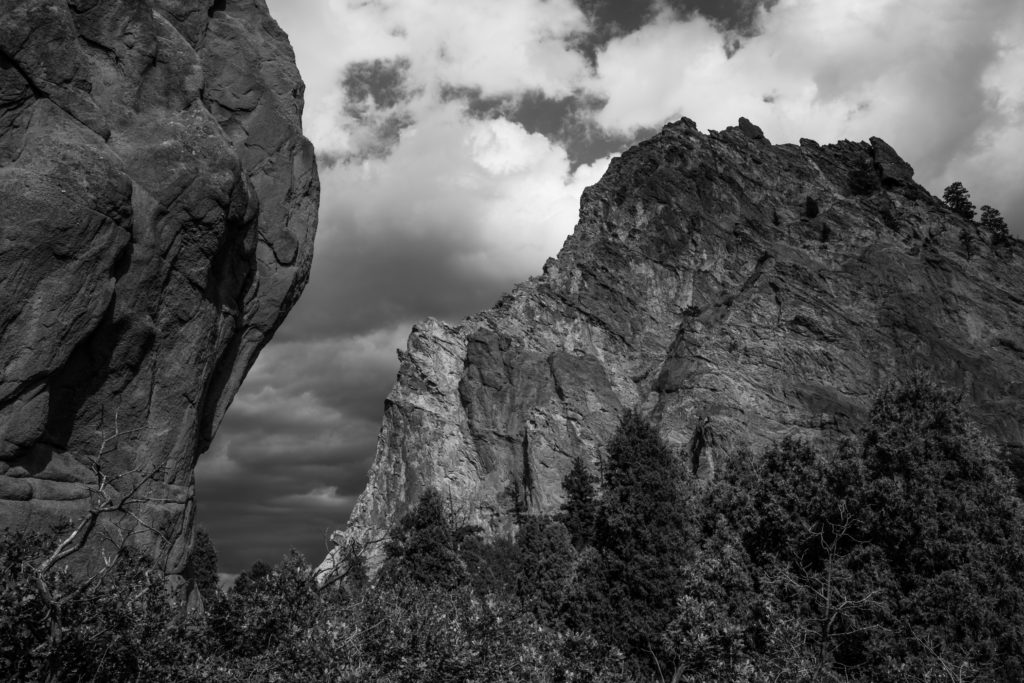
Speaking from the Subjective perspective:
The opposite of most of these assertions is the case.
Everything that appears, including the virus, manifests in Consciousness Itself, and Consciousness Itself is life.

The intelligence that manifests all this has countless names. Communing with That One can happen in many ways, one of them is called prayer.
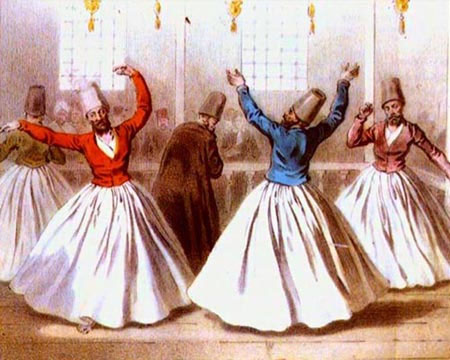
In the sense that it has for me, prayer is like a song. It is a reaching out beyond oneself. Its words are not spoken to understand or control, but to declare: to declare wonder, humility, limits, fear, joy.

Indeed, prayer is not for everyone. There is no need to pray at all; everyone has different tastes. Not everyone can relate to jazz, or rap, or metal, or folk, or country, or opera, or classical.
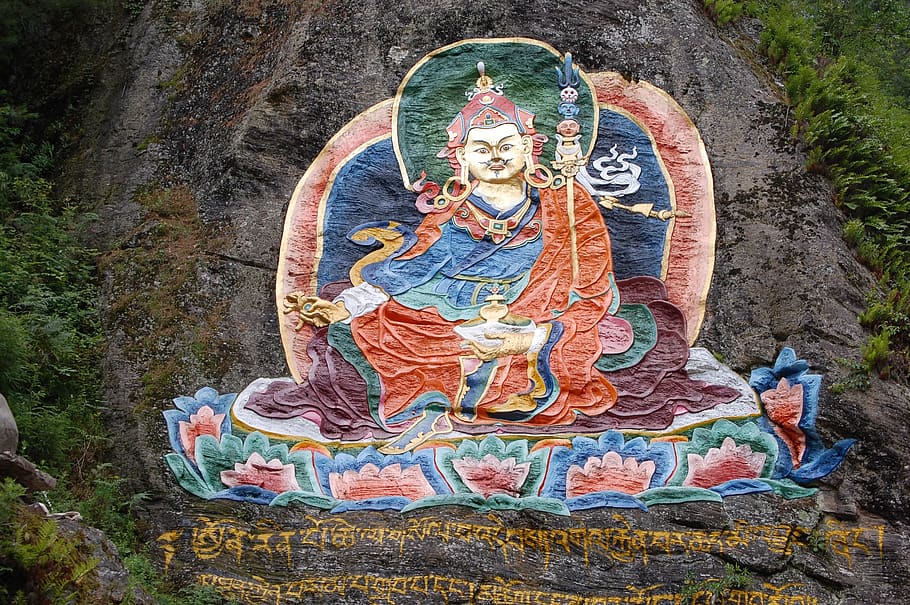
In 1992 I was sitting at my Buddhist Shrine chanting to Padmasambhava, and I heard this: “The chant, the one who is chanting and the one to whom the chant is addressed are One. They are one within Your Mind; they are One within the Mind of Padmasambhava.”
Who is it that one prays to? That depends on who is praying: that is Mystery. It is just like the Mystery of who it is that is praying. They are not two mysteries. Prayer is different depending on the one who prays. It is like love and a lot of other things.
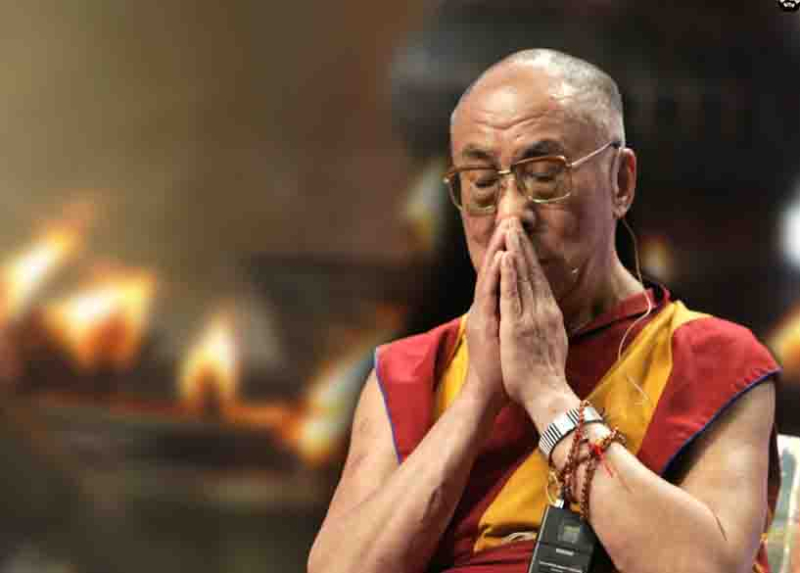
Also, in this case, the prayer that I mentioned was: “Thy will be done.” It wasn’t “save me from the virus.” It’s a statement of trust and surrender, not a request.
The following post may help further, and the rest of the book goes into all this in much greater detail.
Yours, Krishna
______________________________________________
Not an Objective Cosmology
In this book, I will describe Unconditioned Awareness as being prior to, or “before,” matter. On hearing me say this, someone once replied, “Well, we don’t know what came first. We’d have to use a time machine to go before the Big Bang; we’d have to go there to see if Consciousness was there first.”
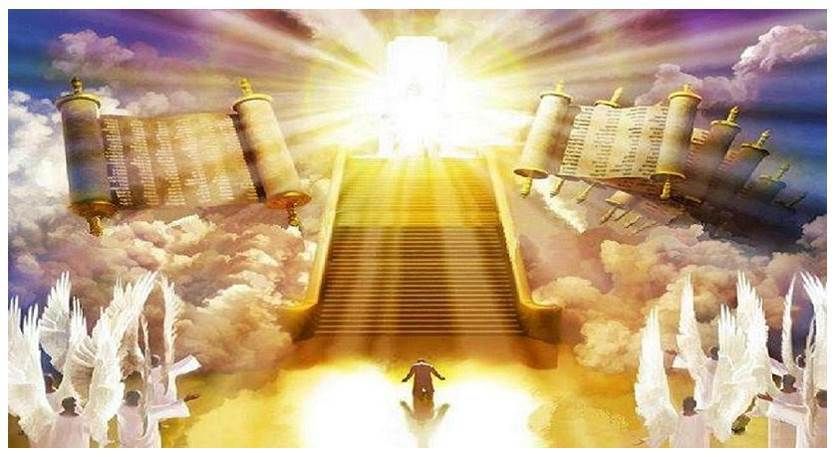
They misunderstood what I was saying.
I am not speaking in this book about any objective notions of the origins of the universe. Instead, I’m pointing to how, in immediate experience, there’s a formless Awareness that is at the center or heart of our being, in every moment, even now. Arising within that formless Awareness is the feeling sensation of “I-am-ness” or “presence” that is the base of the experience of personal existence.
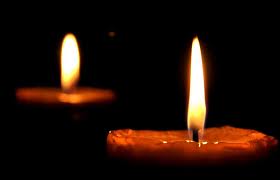
So, this description is not about going back in time and seeing if there’s a God at the beginning.
From an objective perspective, I am agnostic regarding whether there’s a first Consciousness at the beginning of time. Quite honestly, I haven’t seen any reason to believe it’s necessary. Objectively speaking, from what I can see, there doesn’t seem to be any proof of it. Evolution is a process of matter and energy, and—according to mainstream 21st century science—consciousness is merely epiphenomenal, something that is an activity of the material nervous system, the brain, electricity and internally integrated information networks. But for me, the jury’s out on all of this.

I’m also aware that there are researchers on the edges of neuroscience and maybe even quantum theory who may have more to say about “the hard problem” of the nature of consciousness. While I look at all their findings with great interest, I know that they, as scientists, are speaking from an objective perspective even if they conclude that everything is Consciousness. Whatever doubt or certainty they may have about their research is based upon looking at things objectively, from the second or third person perspective: the “exterior” or “outside” of experience.
:max_bytes(150000):strip_icc():format(webp)/quantum-physics-formulas-over-blackboard-187852370-579632175f9b58173bbafc77-5c26a34a46e0fb0001390645.jpg)
In many mystic traditions, Consciousness is primary and matter proceeds as an emanation, unfolding or unpacking of the potential that’s in Consciousness. They are not speaking from an objective perspective, but rather from direct, immediate, subjective experience and insight. The mystics speak from a meditational and visionary perspective, from going within, where they directly experience in themselves the origins of their nature.

These are two very different modes of research, and they are both important. The mystic traditions are not about reality from the objective perspective. My own experience of Divinity is that of The Ultimate Subjectivity, the great I AM, the Context of all experience.

I do not approach the claims of past spiritual traditions as if they were describing reality from the objective perspective. They were speaking from a time when objective science was not sufficiently developed to have what we now would consider accurate, objective explanations for reality. That is not to assume that scientific explanations today are perfect either, but we can move forward honoring the difference. Often traditional descriptions of the external universe were simply wrong. Sometimes, a respected spiritual person’s internal or visionary experience could mistakenly be taken to be an objective truth. This is a confusion of perspectives.
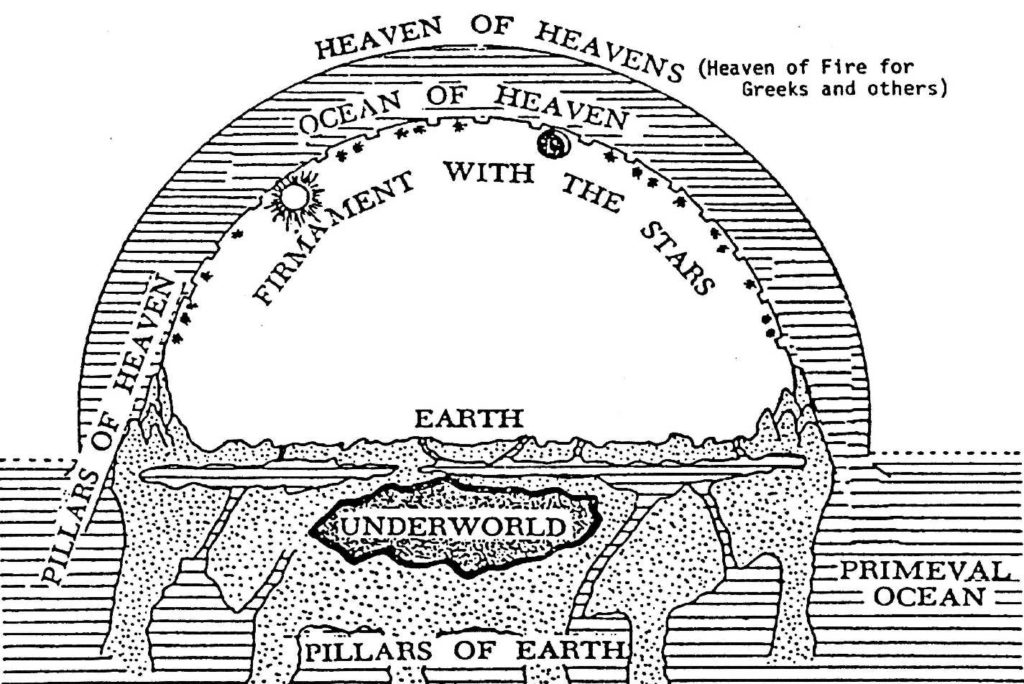
In some cases, even ancient people realized this difference and did not consider explanations about objective reality from spiritual sources as always being literally true. There is a large corpus of traditional writings from around the world that understand religious stories or scriptures as being symbolic parables that describe internal subjective experiences.
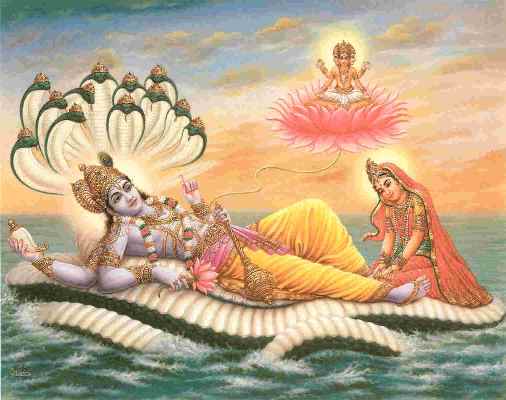
The Tapestry of Being is a practical approach to teachings on the subjective dimension from different sources, times and cultures, and a way to make use of them now. It is about trusting that the vast subjective inheritance of humanity is worth exploring and using, even for those of us who are not allied with a single religious tradition. A large part of why I began teaching the Tapestry is that I found that people using non-dual spiritual teachings were often using many different processes without having a perspective that held those things together in a way that made sense in their totality.
I found that many of those people, like me, did not always want to have to choose just one particular worldview. Instead, they wanted to relate to life as it revealed itself to them, and yet to honor those who came before us and to receive what they have to offer.
So, the Tapestry is one larger context in which to find your way; it is a template, or a way of approaching things, rather than a map to follow.

(From “The Tapestry of Being” Introduction)
